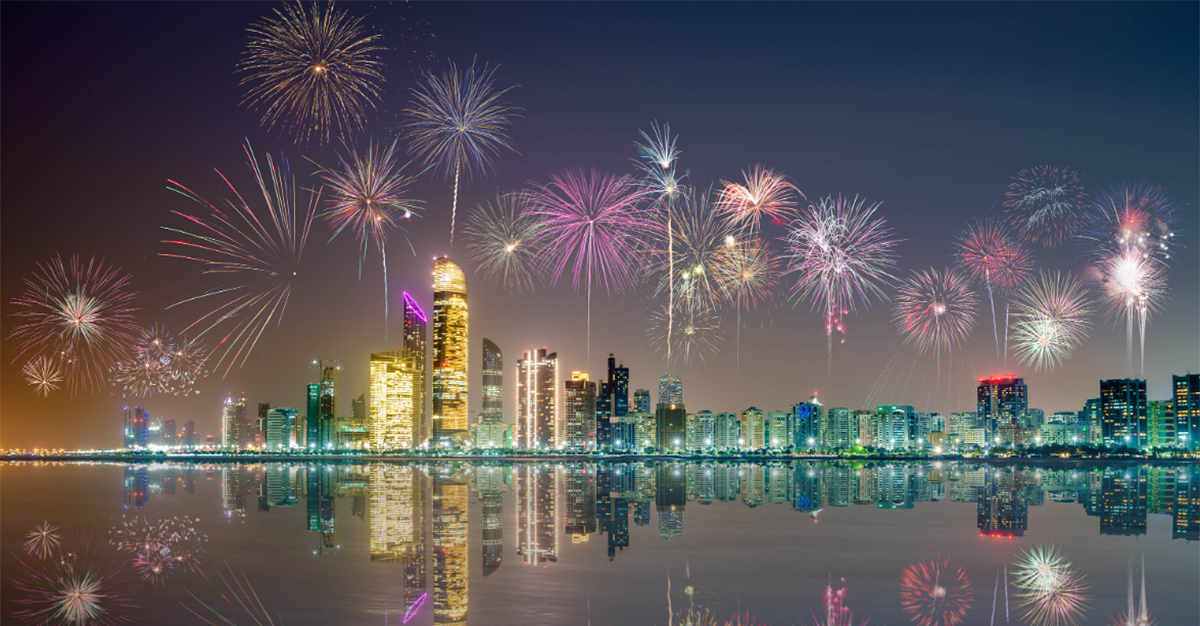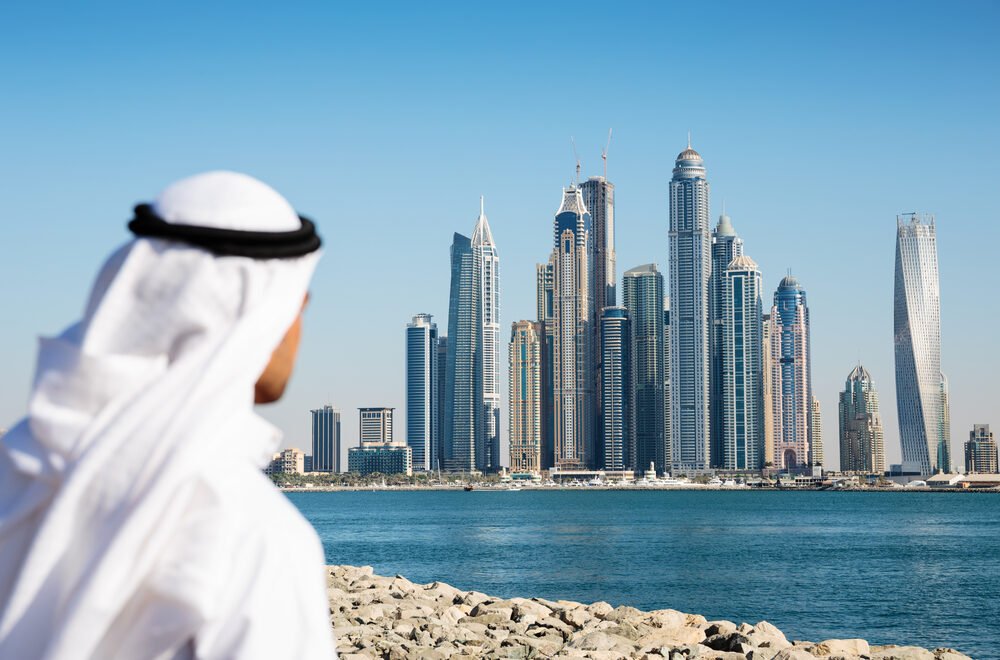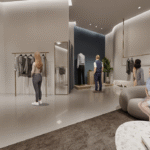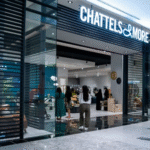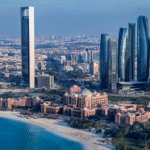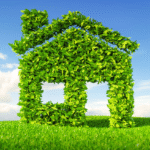Now Reading: UAE Real Estate: 8 Trends Reshaping Buyer Preferences in 2025
-
01
UAE Real Estate: 8 Trends Reshaping Buyer Preferences in 2025
UAE Real Estate: 8 Trends Reshaping Buyer Preferences in 2025
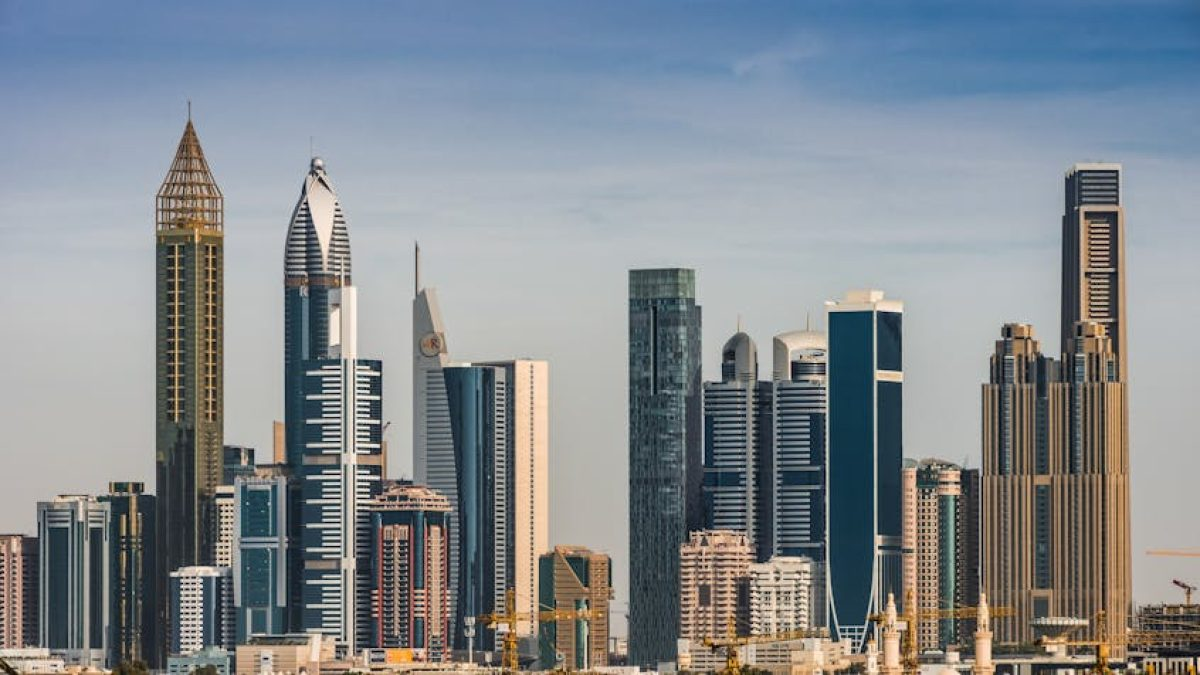
Table of Contents
The UAE’s real estate market in 2025 is undergoing a transformative shift, driven by evolving buyer preferences, technological advancements, and supportive government policies. With a projected market value of $700 billion and an 8% CAGR through 2030, the sector is attracting American investors seeking high returns in a tax-free environment. Eight key trends are reshaping buyer preferences, influencing decisions in Dubai, Abu Dhabi, and emerging emirates like Ajman and Sharjah. These trends reflect a blend of sustainability, affordability, and innovation, catering to diverse buyer demographics.
1. Surge in Affordable Housing Demand
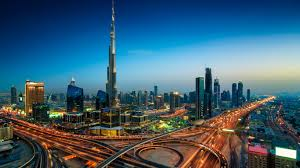
Buyers are increasingly prioritizing mid-tier and affordable properties, with areas like Jumeirah Village Circle (JVC) and Dubai South offering apartments from AED 500,000 ($136,000) and 6-8% ROI. The UAE’s focus on middle-income housing, supported by initiatives like Sharjah’s housing programs, has led to a 30% rise in transactions for units under AED 1 million ($272,000) in 2025, appealing to first-time buyers and young professionals.
2. Emphasis on Sustainable Living
Sustainability is a top priority, with 80% of UAE investors favoring eco-friendly properties. Developments like Sharjah Sustainable City and Masdar City feature solar panels, smart water systems, and LEED-certified designs, reducing energy use by 30%. Buyers, including eco-conscious Americans, are drawn to these properties for their lower operational costs and alignment with global ESG goals.
3. Rise of Smart Home Technologies
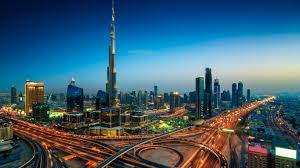
Smart homes are in high demand, with buyers seeking IoT-enabled features like automated lighting, security systems, and energy management. Properties in Dubai Creek Harbour and Aljada, starting at AED 1.1 million ($300,000), integrate AI-driven systems, boosting appeal for tech-savvy buyers. The global smart home market is projected to hit $174 billion in 2025, driving UAE adoption.
4. Preference for Mixed-Use Communities
Mixed-use developments like Dubai Hills Estate and Aljada are gaining traction, offering residential, commercial, and leisure spaces in one location. These communities, with apartments from AED 900,000 ($245,000), cater to buyers prioritizing convenience and walkability. A 20% increase in demand for such projects reflects a shift toward integrated lifestyles.
5. Off-Plan Property Boom
Off-plan properties dominate, accounting for 60% of Dubai’s 2024 sales, with flexible payment plans and 15-20% capital appreciation by completion. Projects like DAMAC Lagoons and Ajman’s Oasis Tower 3, starting at AED 400,000 ($109,000), attract investors seeking early-entry benefits and residency visas for purchases over AED 750,000 ($204,000).
6. Growth in Short-Term Rental Demand
With tourism booming, short-term rentals are projected to see an 18% price increase in 2025, driven by demand in areas like Palm Jumeirah and Downtown Dubai. Properties yielding 8-10% ROI appeal to investors leveraging platforms like Airbnb, especially with Dubai’s 30% rise in tourist-driven rental demand in 2024.
7. Impact of Long-Term Visa Reforms
The UAE’s relaxed Golden Visa rules, requiring AED 2 million ($545,000) investments, and 2-year visas for AED 750,000 ($204,000) purchases, are driving foreign buyer interest. In 2025, 10,000 Golden Visas were issued, boosting luxury sales in Palm Jumeirah by 10-fold for properties over $2.72 million, appealing to U.S. investors seeking residency.
8. PropTech and Digital Transformation
PropTech innovations, including blockchain for secure transactions and AI-driven property analytics, are streamlining purchases. Dubai’s Building Intelligence platform and virtual tours in Ajman Corniche properties enhance buyer decision-making. These technologies, adopted by 70% of UAE developers, attract tech-savvy Americans prioritizing efficiency and transparency.
Why These Trends Appeal to American Investors
The UAE’s 7-10% rental yields surpass global hubs like New York (4.2%) and London (2.4%), while freehold ownership and no property taxes maximize returns. Smart cities like Dubai South and Masdar City offer sustainable, high-ROI options, and proximity to global hubs (Dubai International Airport, 20-40 minutes) ensures accessibility. The market’s 30% transaction growth in 2024 underscores its appeal.
Market Outlook and Challenges
The UAE real estate market is set for a 20-30% transaction volume increase in 2025, with prices rising 5-8%. However, a potential 10-15% price correction in 2026 due to oversupply (41,000 new units in Dubai) poses risks. Stricter AML regulations and compliance costs may also challenge investors. Partnering with RERA-registered agents is crucial for navigating these dynamics.
Conclusion
The UAE’s 2025 real estate market is shaped by affordability, sustainability, smart technologies, mixed-use communities, off-plan investments, short-term rentals, visa reforms, and PropTech. These trends cater to diverse buyer preferences, offering American investors high yields and residency benefits in a tax-free environment. As cities like Dubai, Abu Dhabi, and Ajman evolve, the UAE remains a global real estate powerhouse for 2025. real estate
read more: UAE Real Estate: 6 Smart Cities to Watch for High ROI



